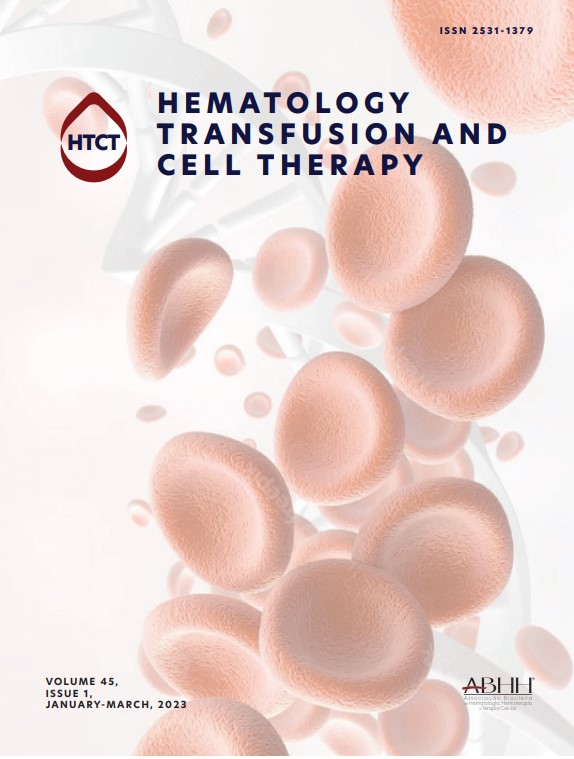Aplastic anemia may be the result of the immune attack against hematopoietic stem and progenitor cells or the impairment of appropriate hematopoietic stem cell function due to inherited genetic defects. Although bone marrow transplantation is the preferential therapy for severe cases, the majority of patients lack a suitable sibling donor. The thrombopoietin receptor agonist eltrombopag has been recently added to immunosuppressive therapy, reaching high response rates and overall survival, rivaling matched-donor transplant results. Additionally, genetic defects in telomere-maintenance genes appear to be the most prevalence etiology of inherited aplastic anemia. Sex hormones may recover hematopoiesis in these cases. The occurrence of somatic genetic mutations in immune and inherited aplastic anemia may help to understand the complex dynamics of hematopoietic stem cells in vivo.
O fator de impacto mede o número médio de citações recebidas em um ano por trabalhos publicados na revista durante os dois anos anteriores.
© Clarivate Analytics, Journal Citation Reports 2025
O CiteScore mede as citações médias recebidas por documento publicado. Mais informação
Ver maisSJR é uma métrica de prestígio baseada na idéia de que todas as citações não são iguais. SJR utiliza um algoritmo similar ao page rank do Google; é uma medida quantitativa e qualitativa ao impacto de uma publicação.
Ver maisSNIP permite comparar o impacto de revistas de diferentes campos temáticos, corrigindo as diferenças na probabilidade de ser citado que existe entre revistas de distintas matérias.
Ver mais





